Anubias barteri “Caladiifolia” ‘1705’
Scientific name: Anubias barteri “Caladiifolia” ‘1705’
Family: Araceae
Maximum size reached under cultivation: 7 - 30 cm (2.76 - 11.81 inch)
014
Recommended pH range: 6 - 7.8
Recommended water hardness: 3 - 12°dGH (53.57 - 214.29ppm)
0°C 32°F30°C 86°F
Recommended temperature range: 22 - 28 °C (71.6 - 82.4°F)
Preferred propagation method: Rhizome
Native to: Cultivated form / Hybrid
Growth rate: Slow
Recommended substrate: Gravel
Lighting requirements: Medium
Ideal placement in tank: Midground
🌿 Family
Araceae
🏷️ Common Name
Anubias “Caladiifolia ‘1705’”, often referred to as “Anubias 1705”
🌍 Origin
This plant is a cultivated variety of Anubias barteri, which is native to West Africa. Although the '1705' form is not found in the wild, it originates from the same tropical freshwater environments as its parent species.
📍 Planting Area
Ideal for the midground of the aquarium, though it can also serve well in shaded foreground areas. It should be attached to hardscape like driftwood or rocks, or laid gently on substrate without burying the rhizome.
💡 Lighting Requirements
Low to moderate lighting is best. This plant tolerates a wide range of lighting but may suffer from algae growth on leaves under intense light. For optimal appearance, place it in areas shaded by taller plants.
🌱 Propagation
This plant propagates via rhizome division. When the rhizome becomes large enough, you can cut it into sections, ensuring each piece includes several healthy leaves and roots. New growth will emerge slowly from each section over time.
⚙️ Difficulty
Very easy. Anubias 1705 is beginner-friendly, highly adaptable, and suitable for a wide range of water conditions. It is extremely hardy and rarely needs trimming.
📝 Short Description
Anubias barteri “Caladiifolia” ‘1705’ is a slow-growing, robust aquatic plant known for its rounded, heart-shaped leaves and deep green coloration. Unlike fast-growing plants, it doesn’t require frequent maintenance and is perfect for natural aquascapes. Algae may form on older leaves in brightly lit tanks—this can be minimized by reducing light intensity or increasing shade. As with all Anubias, the rhizome should never be buried.
💧 Water Parameters
Ideal pH: 6.0–7.8
Temperature: 22–28 °C (71.6–82.4 °F)
Water Hardness: Soft to moderately hard (3–12 dGH)
This cultivar is highly tolerant and will adapt to a wide range of conditions, making it suitable for most community tanks and biotopes. Clean, stable water helps maintain healthy leaf structure and limits algae buildup.
🔄 Growth and Maintenance Tips
- 🌱 Fertilization: While not demanding, this plant benefits from occasional liquid fertilizers or root tabs placed nearby, especially in nutrient-poor setups.
- 🧱 Hardscape Placement: Try positioning it near flow from a filter outlet—this prevents debris from settling on leaves and helps limit algae.
- 🌿 Leaf Cleaning: Gently wipe older leaves with your fingers or a soft brush during water changes to remove any algae or sediment.
🧬 Compatibility
Safe with: Shrimp, snails, most peaceful fish, and even herbivores like goldfish and African cichlids (due to tough leaves).
Its durable, leathery leaves make it resistant to nibbling, and its slow growth means it won’t overtake your layout. Great for tanks with sensitive or destructive species.
🎨 Aquascaping Use
Use Anubias 1705 to create lush green accents on driftwood branches, stone ridges, or vertical surfaces. Its bold, heart-shaped leaves provide a visual counterpoint to fine-leaved or fast-growing background plants. Perfect for nature-style layouts, low-maintenance setups, or shrimp tanks.
❓ Frequently Asked Questions (FAQ)
- Can Anubias 1705 be grown fully submerged?
✅ Yes, it thrives when fully submerged and is well-suited for aquariums and paludariums. - How fast does it grow?
🐢 Very slowly. Expect only a few new leaves per month, even under ideal conditions. - What causes algae on the leaves?
🌞 Excessive light combined with slow leaf growth. Reduce lighting or provide more shade to control it. - Does it need CO₂?
💨 No. CO₂ is not required but may support slightly better growth and leaf thickness. - How do I attach it to rocks or driftwood?
🧵 Use plant-safe thread, elastic bands, or cyanoacrylate gel glue (aquarium-safe only). Never bury the rhizome in the substrate.

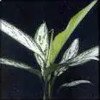 Aglaonema commutatum “Silver Queen”
Aglaonema commutatum “Silver Queen”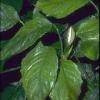 Aglaonema simplex
Aglaonema simplex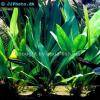 Anubias afzelii
Anubias afzelii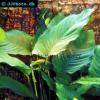 Anubias barteri
Anubias barteri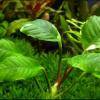 Anubias barteri “Coffeefolia”
Anubias barteri “Coffeefolia”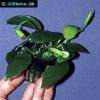 Anubias barteri “Nana”
Anubias barteri “Nana”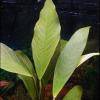 Anubias barteri v. angustifolia
Anubias barteri v. angustifolia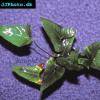 Anubias gracilis
Anubias gracilis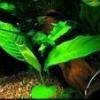 Anubias heterophylla
Anubias heterophylla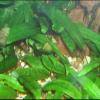 Cryptocoryne affinis
Cryptocoryne affinis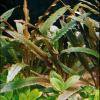 Cryptocoryne albida
Cryptocoryne albida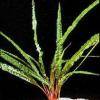 Cryptocoryne balansae
Cryptocoryne balansae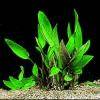 Cryptocoryne becketti
Cryptocoryne becketti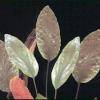 Cryptocoryne blassi
Cryptocoryne blassi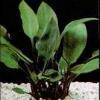 Cryptocoryne ciliata
Cryptocoryne ciliata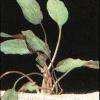 Cryptocoryne cordata
Cryptocoryne cordata Cryptocoryne lutea
Cryptocoryne lutea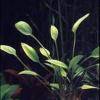 Cryptocoryne nevillii
Cryptocoryne nevillii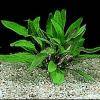 Cryptocoryne petchii
Cryptocoryne petchii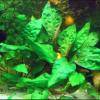 Cryptocoryne pontederiifolia
Cryptocoryne pontederiifolia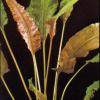 Cryptocoryne wendtii
Cryptocoryne wendtii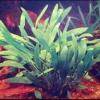 Cryptocoryne willisii
Cryptocoryne willisii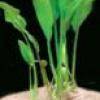 Lagenandra ovata
Lagenandra ovata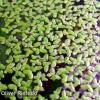 Lemna minor
Lemna minor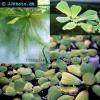 Pistia stratiotes
Pistia stratiotes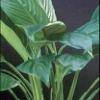 Spathiphyllum petite
Spathiphyllum petite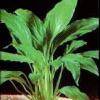 Spathiphyllum wallisii
Spathiphyllum wallisii